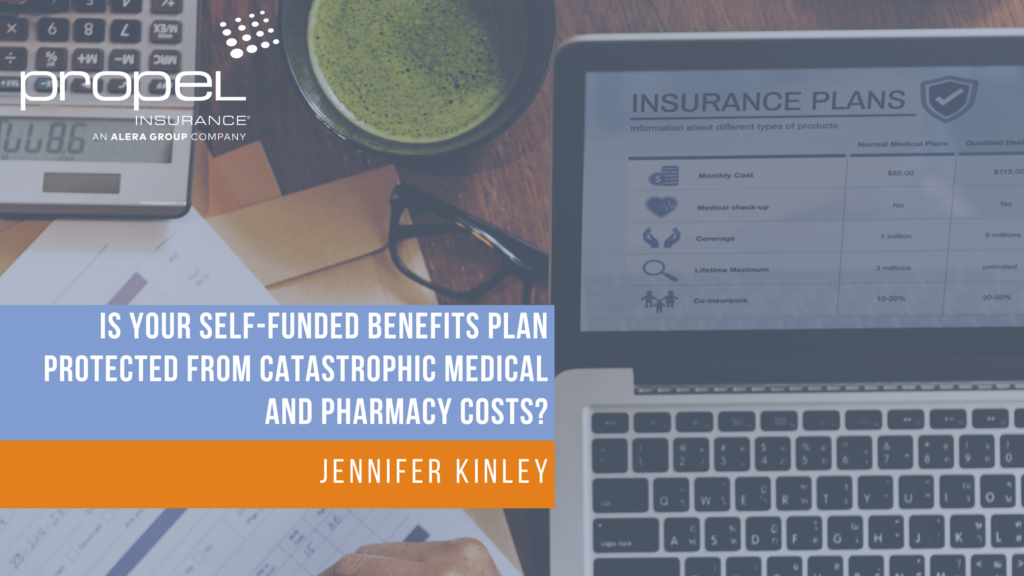Propel provides innovative insurance solutions to thousands of companies across the country. We make it our business to know your world inside and out.
Employee Benefits, Insights
Is Your Self-Funded Benefits Plan Protected from Catastrophic Medical and Pharmacy Costs?
Although January 1 is still months away, the renewal season is already here. To protect self-funded benefits plans from catastrophic medical and pharmacy costs, employers need to be aware of what’s happening now with major stop-loss claims and high-cost injectable drugs.

The Highest-Cost Claim Conditions
To control costs, employers need to understand the biggest cost drivers. The 2023 High-Cost Claims and Injectable Drug Trends Analysis from Sun Life sheds light on this. According to the report, 20% of employers had at least one member with more than $1 million in claims between 2018 and 2021. Notably, 71% of all stop-loss claims came from 10 conditions and 92% came from the top 20 conditions. Here are the highlights:- The highest-cost condition by far was malignant neoplasm, associated with reimbursements of $1.13 billion between 2019 and 2022.
- The second highest was leukemia, lymphoma, and multiple myeloma, with reimbursements of $462.5 million between 2019 and 2022.
- Cardiovascular conditions came in third (with reimbursements of $443.8 million).
- Orthopedics and musculoskeletal disorders came in fourth (with $338.8 million in reimbursements).
- Notably, in the 2022 plan year, cardiovascular conditions had higher costs than leukemia, lymphoma, and multiple myeloma and were therefore the second most expensive condition.
The Highest-Cost Prescription Drugs
Prescription drugs are a major cost driver – and costs have been increasing. The Government Accountability Office says retail prescription drugs accounted for approximately 12% of total personal healthcare services spending in the U.S. in 2019, compared to about 7% in the 1990s. Pricey new drugs are part of the reason. According to an article published in the journal Drugs, biologics cost an average of $10,000 to $30,000 per year. The most expensive can exceed $500,000. The Sun Life report identifies Keytruda as the highest-cost injectable drug in both 2021 and 2022, with total costs of $53.1 million and average costs of $163,800 in 2022. The most expensive drug per patient in the top 20 list was Rylaze, coming in at $808,700. However, since it was prescribed less than Keytruda, the total costs were lower and it only ranked as the 13th costliest drug. Cancer drugs accounted for more than half of the 20 most expensive drugs. Gene therapy can be even more expensive. According to Genetic Engineering and Biotechnology News, the average cost of gene therapy is $1 million to $2 million per dose.Cost Containment Strategies
As a handful of conditions and prescriptions account for most stop-loss spending, employers need to protect themselves against these claims – or they may find themselves facing a renewal they can’t afford, possibly with no other market options. The following strategies can help with cost containment:- Offer alternative treatment options. For example, since musculoskeletal conditions are the fourth biggest driver of costs, strategies that reduce costs associated with these conditions can make a big difference. Regenexx, advertised as a non-surgical alternative to orthopedic surgery, is one such strategy.
- Provide telemedicine and teletherapy options. This can improve access to care, which may help prevent conditions from becoming worse.
- Implement cost control measures for high-cost pharmaceuticals. These measures may include strict prior authorization rules.
- Consider establishing top-tier onsite labs. This can boost employee retention while controlling costs.
- Consider creating specialized health management programs for common and costly conditions, such as musculoskeletal disorders.
Benchmarking Your Benefits
It’s hard to know whether you’re doing enough to control costs. You might think you’re doing everything you can to keep costs down, only to find that you’re spending twice as much as other companies of a similar size. Benchmarking is the solution. By comparing your costs to those of other similar companies, you can determine how well you’re actually doing. If you haven’t embraced benchmarking yet, this is the perfect time. PWC’s Health Research Institute projects a 7% year-on-year medical cost trend in 2024 for both the individual and group markets. Keep in mind, inflation can take up to two years to impact health spend. Therefore, we are seeing renewals consist of increased trend, added inflation and a percentage of the group’s claims spend.Securing Expert Guidance
Self-funded benefits plans are an advanced strategy that can help employers control the rising costs of healthcare, but they also come with risks when not managed carefully. It’s important to work with a consultant who can provide you with guidance on tactics to mitigate risk. Propel can help. Learn more.
Jennifer Kinley
Working in the insurance industry for over 24 years, Jennifer is passionate about helping her clients control their risk, retain talent and improve the well-being of their employees. Since 2006, she has focused her attention on the Senior Care industry in an effort to fuel their success by bringing value to their plans and employees. More about Jennifer...


